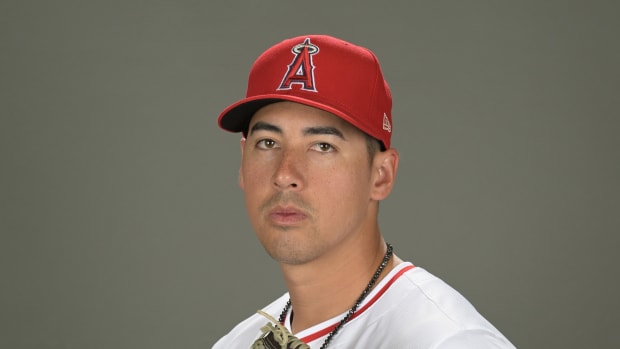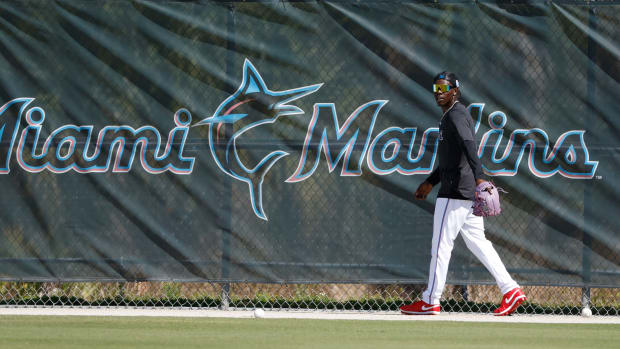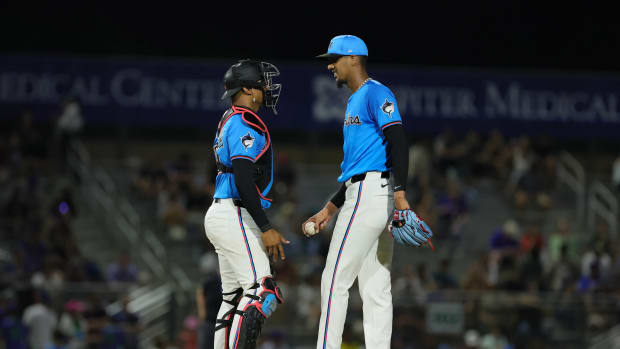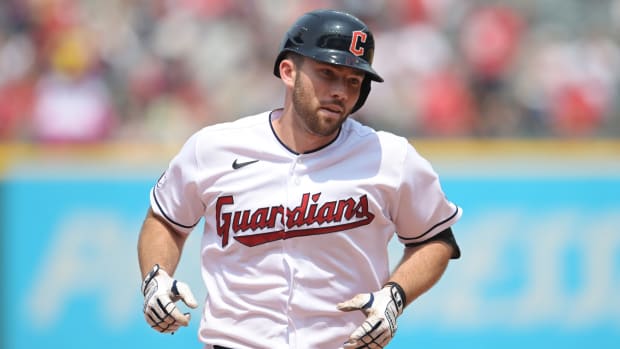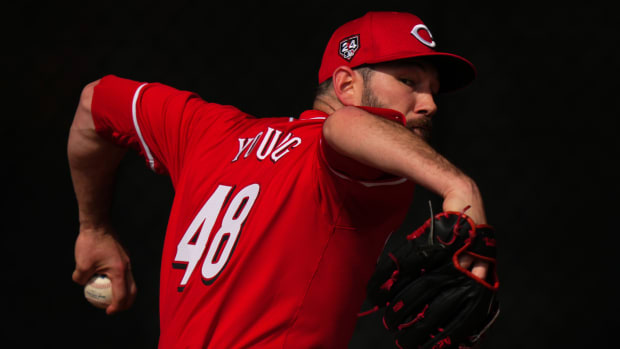Like other Japanese pitchers, Matsuzaka fades after great start
When the Red Sox invested $103 million to get Daisuke Matsuzaka before the 2007 season, they and Scott Boras, the agent for Matsuzaka, knew they were getting a great pitcher with one big risk: Could he last for more than three years? With news that Matsuzaka will need Tommy John surgery, their fears have been realized.
The Sox knew the trend for pitchers transitioning from Nippon Pro Baseball to Major League Baseball has been an ominous one -- one with risk now underscored by Matsuzaka's elbow injury and one that could weigh on the value of Yu Darvish, the next great pitcher who could make the jump someday.
Matsuzaka, given a six-year deal, was the seventh starting pitcher to leave NPB for MLB between 1995-2008. All of them pitched worse or broke down after some initial success, typically after about three years of full-time starting. Hideo Nomo, the first starter in that wave, was 43-29 with a 3.34 ERA in his first three seasons, but 80-80 with a 4.66 ERA thereafter.
Nomo did post four 200-inning seasons (two of them after Year 3). Tomo Ohka, Masato Yoshii, Kaz Ishii, Hideki Irabu and Hiroki Kuroda (now in Year 4) never pitched 200 innings in a season.
Matsuzaka was 37-21 with a 4.00 ERA and one 200-inning season through his first three seasons, but since then is 12-9 with a 4.81 ERA.
The transition can be a grueling one. NPB pitchers often throw once per week with high pitch counts and rigorous throwing programs in a five-month season with a slightly smaller ball, then must adapt to pitching every fifth day for six months against lineups that play more of a power game. Boston is considered to be at the cutting edge of keeping pitchers healthy -- what's known in the industry as "prehabilitation" -- and yet not even the Red Sox could get their $103 million investment to the mound often enough. Matsuzaka will have given the Red Sox an average of little more than 100 innings per year over the life of the contract at a cost of about $17.2 million per year.
Did you notice what happened Wednesday night around baseball? Probably not -- because it happens a lot these days. Ten of the 15 games played that night were decided by two runs or less. One of the effects of the great runs recession is that more games are more competitive.
With about one-third of the season played so far, 50 percent of all games have been decided by two runs or less -- that's up slightly from last year (48.6) and noticeably from 2000 (45.6). Think about that: when you go to a major league game you have an even chance of the game ending with nothing worse than the tying run on deck. Shouldn't that keep people in their seats more than a 7-1 game even if the home team is winning?
The Giants, of course, take nailbiters to an art form. The team that won the world championship with its "Torture" brand of baseball last season has elevated the close game to an even higher level of anxiety this year. San Francisco has won 19 games by one or two runs, the most in baseball. And if you're waiting for an easy Giants win, you could be waiting a while.
San Francisco won 22 games last year by five or more runs. This year? The Giants have won only two such games -- none since April 18 -- leaving manager Bruce Bochy on pace for only six games all year in which to relax.
The dialogue is building for baseball to protect catchers from home plate collisions. Cardinals manager Tony La Russa and Giants manager Bruce Bochy both told MLB VP of Operations Joe Torre that baseball needs to adopt rules to avoid unnecessary collisions. Torre has been gathering opinions from managers and executives.
Bochy even drew up a long list of catchers sent to the DL in recent years by collisions. The list was far from complete -- it did not include Todd Greene, who effectively had his career ended in 2006 by Prince Fielder running into his right shoulder - but this year alone included the Giants' young star, Buster Posey, as well as Humberto Quintero and Ryan Doumit.
"Other sports have moved to protect their players," Bochy said. "Having a catcher exposed like that is like allowing the player in football calling for a fair catch to be hit."
Bochy made another sharp point: The hit from a runner on a catcher is worse than an NFL linebacker on a quarterback because the runner charges in a direct line unimpeded for 90 feet -- the rushing linebacker typically must circumvent blockers over a shorter distance to get to a quarterback.
It's time for the players association to step in to look after the welfare of its players, as well. Notice that in Posey's statements following his injury he called on not just MLB but the MLBPA to address the issue. At the very least, baseball needs to figure out a way to protect catchers from serious injury. Simply by saying, "Well, that's the way the game always has been played" is insufficient cause to continue to put players in harm's way.






























